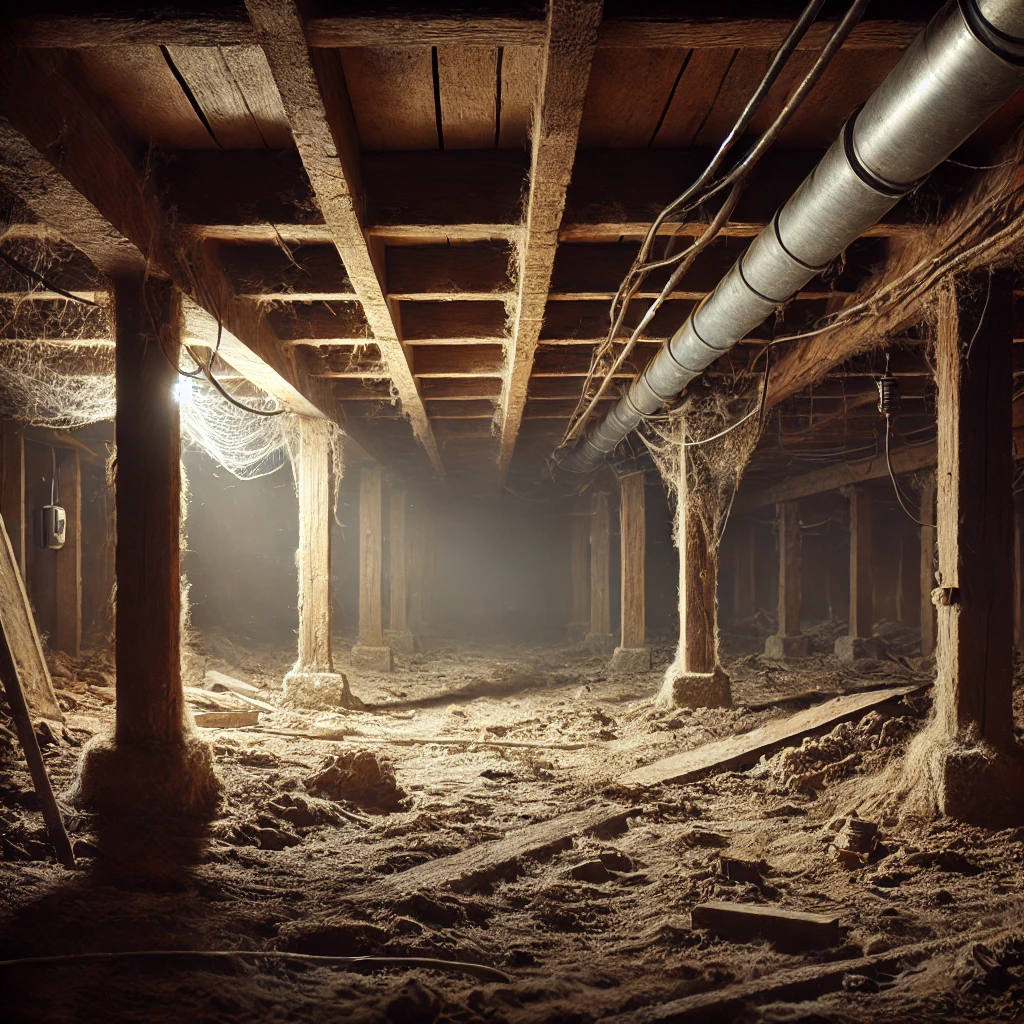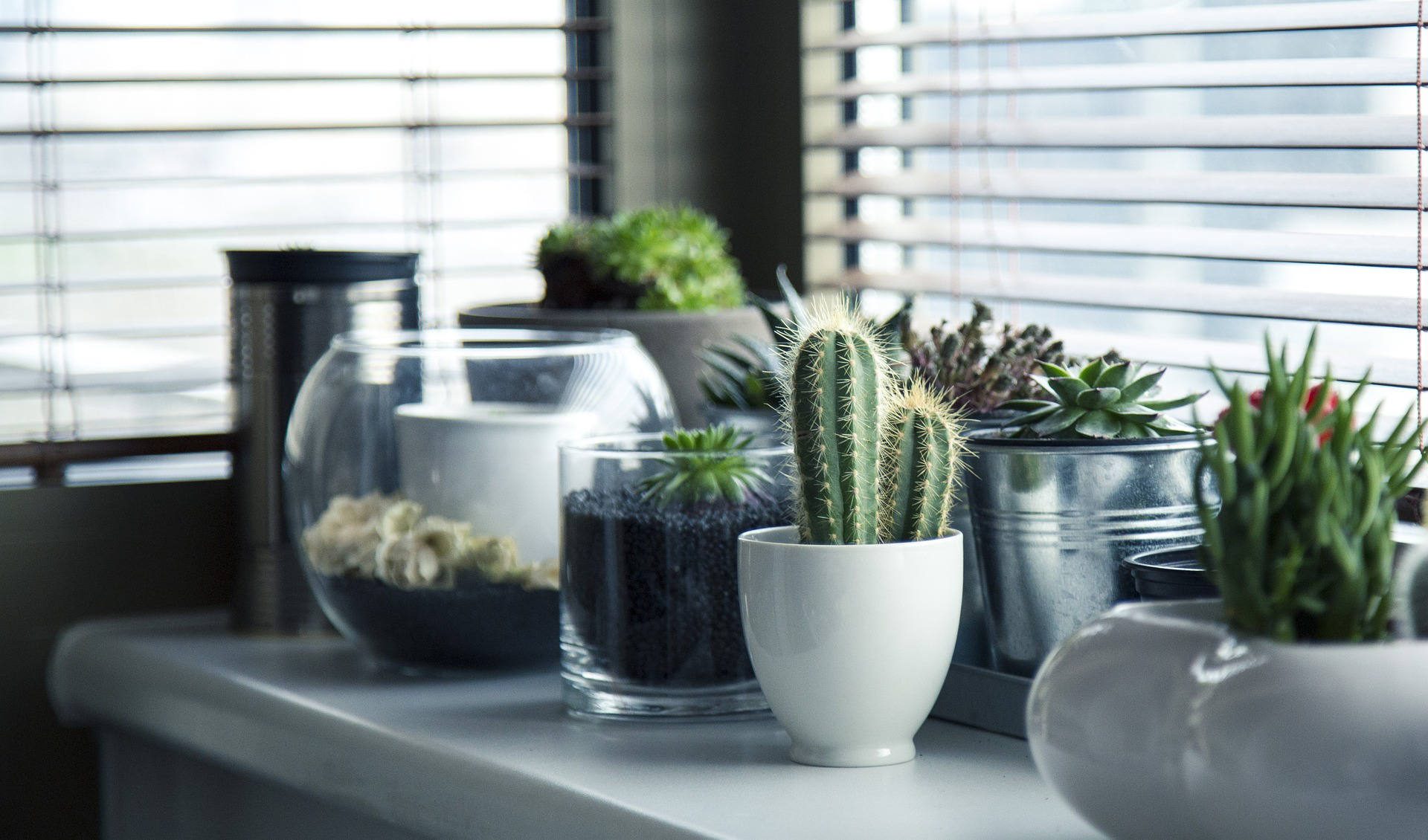The Overlooked Risk of Radon in Crawl Spaces
It’s easy to dismiss the importance of a crawl space in a home. After all, it’s an unused area, often neglected and out of sight. However, the question arises: if a crawl space isn’t directly connected to the house’s living areas, is there a risk of radon accumulation? The surprising answer is yes. Let’s delve into the dynamics of crawl spaces and how they can impact your home’s overall environment.
Understanding Crawl Spaces
Crawl spaces are common in many regions because they offer a cost-effective alternative to basements. Builders favor crawl spaces due to the reduced excavation required compared to basements. While the materials and labor involved are minimal, the structural integrity of crawl space foundations is not compromised. Some crawl spaces have dirt floors, while others are finished with poured concrete. Despite their differences, both types of foundations can provide the necessary support for a house.
However, the main issue with crawl spaces is their tendency to be ignored. This neglect can lead to various problems that affect the living spaces above. Even though crawl spaces may seem disconnected from the house, they are intricately linked through various openings and gaps.
How Crawl Spaces Connect to Your Home
Although a direct staircase might not connect a crawl space to the main living areas, numerous unintentional gaps, cracks, and openings exist in the floor above. Additionally, intentional connections, such as plumbing lines, electrical and cable wires, and ductwork, traverse the crawl space into the home.
These openings allow for significant air movement between the crawl space and the living areas. Consequently, any health hazards in the crawl space, such as mold and radon, can easily migrate into the home, posing severe risks to the occupants.
The Danger of Radon in Crawl Spaces
Radon is a known carcinogen. It is a gas that can seep into and around a home from the ground. It accumulates over time and is not detectable because it is colorless and odorless. Crawl spaces, whether they have dirt or concrete floors, are particularly vulnerable to radon infiltration. This gas can easily move through the floor openings and enter the living areas above, exposing residents to harmful levels.
Inspecting for Radon
It is essential to inspect your crawl space regularly for mold and moisture damage. Equally important is testing both the crawl space and the first floor for radon. Since human senses cannot detect radon, testing is the only way to determine its presence.
Radon Testing Methods
You have two primary options for radon testing: purchasing a radon test kit online or hiring a licensed radon mitigation contractor to perform the test. Test kits are user-friendly and provide reliable results if used correctly. However, professional testing can offer more comprehensive analysis and peace of mind.
If testing reveals hazardous radon levels, there are proven mitigation techniques to reduce its concentration to safer levels. These methods include improving ventilation, sealing cracks and openings, and installing radon mitigation systems.
Preventive Measures and Maintenance
Maintaining your crawl space is crucial for a safe and healthy home environment. Significant health risks can be prevented with regular inspections and addressing any issues that arise promptly. Ensure your crawl space is dry, well-ventilated, and mold-free. Sealing gaps and cracks can also help minimize radon entry.
Additionally, periodic radon testing should be scheduled to monitor any changes in radon levels. This proactive approach can protect your family from the harmful effects of radon exposure.
While it might be tempting to overlook the crawl space, it plays a significant role in the overall health of your home. Radon can accumulate in these spaces and seep into living areas, posing severe health risks. Regular inspections, maintenance, and radon testing are essential to ensure a safe home environment.





